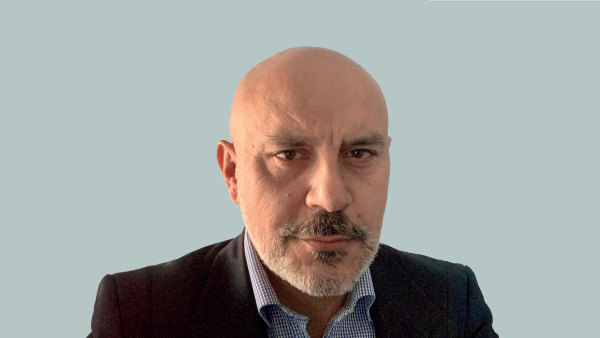Static Vision Study
Research seeks to modulate brain network dysregulation in patients with Visual Snow Syndrome
A neurological condition that can be debilitating for some, Visual Snow Syndrome (VSS) distorts a person’s vision with continuous flickering dots, reminiscent of the white noise static of an old TV set. Symptoms of VSS generally manifest during late teenage years and early adulthood, disrupting the neural networks of the visual pathway. In addition to the “snow” effect described, sufferers may also experience symptoms such as photophobia (light sensitivity), nyctalopia (night blindness), and palinopsia (recurrence of images even when visual stimuli has been removed).
A team of researchers from Moorfields Eye Hospital and Guy’s & St Thomas’ is looking at how meditative techniques might be used to tackle VSS. More specifically, the team plans to use a novel therapeutic technique, known as mindfulness-based cognitive therapy (MBCT), to try and “retrain” the brains of those with VSS to remove the visual snow from their vision.
“In people with VSS, research has shown that there is a brain network dysregulation, and the vision parts of the brain are ‘overly active’ for reasons we do not [currently] understand,” says Sui Wong, a consultant neurologist and neuro-ophthalmologist at Moorfields and Guy’s & St Thomas’ and lead author of the study. “Our hypothesis is that an intensive course of mindfulness, with the MBCT-vision programme, can modulate these dysregulated networks, thereby improving VSS.”
MBCT, originally developed by Zindel Segal, Mark Williams, and John Teasdale in 2002 to prevent major depression relapses, is an eight-session program that works to integrate the core principles of cognitive therapy into a mindfulness framework. The Moorfields/Guy’s & St Thomas’ team have already conducted a previous small-scale feasibility study of 21 participants using the technique, publishing their results in the Journal of Neuro-Ophthalmology. This initial study indicated some promising outcomes, with patients self-reporting vision improvements. These results were further confirmed by functional MRI scans, which showed that, after MBCT-vision intervention, both the visual and extravisual areas in the cerebellum and neocortex had reorganized their visual network.
Wong believes that mindfulness interventions, which have been used to treat other neurological conditions such as migraines, might also benefit other patients. “It is difficult to get funding for such research,” she explains, “[but] I do think there is a place for further research for other ocular / neurological conditions.” Wong’s team is actively recruiting 60 participants over the next year and a half, and following up with them one year after the treatment, with final results expected in around three years.
The New Optometrist Newsletter
Permission Statement
By opting-in, you agree to receive email communications from The New Optometrist. You will stay up-to-date with optometry content, news, events and sponsors information.
You can view our privacy policy here
Most Popular
Sign up to The New Optometrist Updates
Permission Statement
By opting-in, you agree to receive email communications from The New Optometrist. You will stay up-to-date with optometry content, news, events and sponsors information.
You can view our privacy policy here
Sign up to The New Optometrist Updates
Permission Statement
By opting-in, you agree to receive email communications from The New Optometrist. You will stay up-to-date with optometry content, news, events and sponsors information.
You can view our privacy policy here







